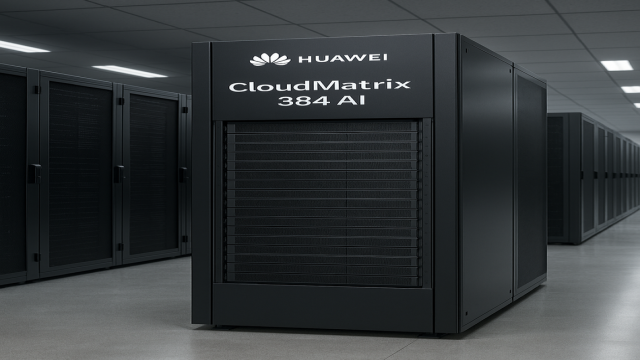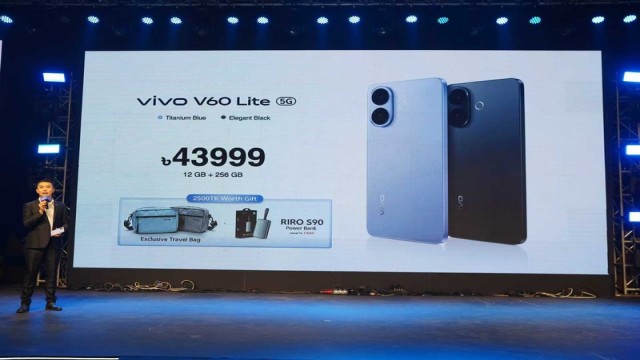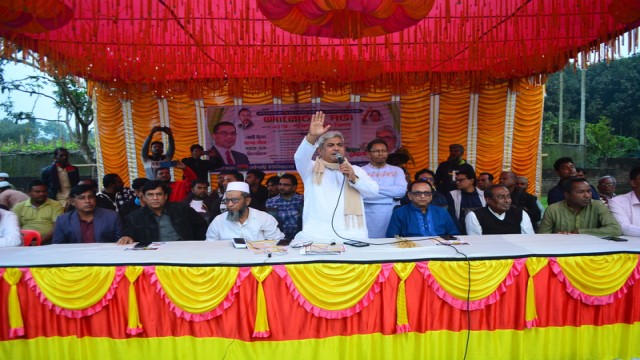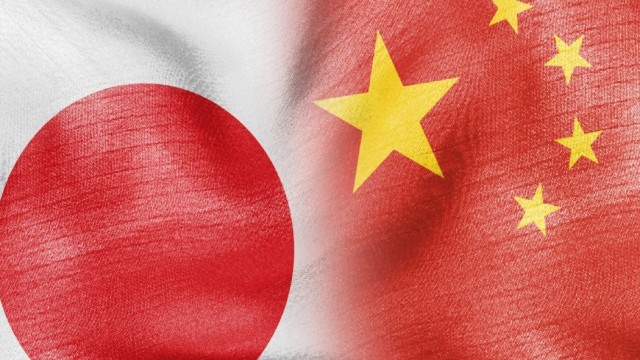SHANGHAI, July 27 (V7N) — Huawei Technologies unveiled its latest high-performance AI computing system, the CloudMatrix 384, at the World Artificial Intelligence Conference (WAIC) in Shanghai on Saturday. The debut marks a significant leap in China's push to become self-reliant in artificial intelligence technologies amid increasing U.S. export controls.
The CloudMatrix 384 drew large crowds at Huawei’s booth, signaling intense global interest in the system. Initially announced in April, the system is now being positioned as a serious challenger to Nvidia’s most advanced AI computing solution, the GB200 NVL72, which currently dominates the global AI infrastructure market.
According to analysis by Dylan Patel, founder of semiconductor research group SemiAnalysis, Huawei’s new system may not only rival but potentially outperform Nvidia’s flagship product. While Nvidia's GB200 NVL72 features 72 of its latest B200 chips, Huawei's CloudMatrix 384 integrates 384 of its proprietary Ascend 910C chips, leveraging scale and architectural innovation to achieve competitive performance.
The performance edge, as noted by SemiAnalysis, comes not from individual chip strength—where Nvidia still holds an advantage—but from Huawei's system-level engineering. Huawei has employed a “supernode” architecture, which allows for ultra-high-speed interconnection between chips. This architectural strategy enables the system to achieve greater overall throughput and scalability, compensating for the weaker individual chip performance.
Although Huawei representatives at WAIC declined to provide technical details when asked, company leadership has previously confirmed the system’s operational status within its cloud services. In June, Zhang Pingan, CEO of Huawei Cloud, stated that the CloudMatrix 384 system is already running on Huawei's cloud platform.
Nvidia CEO Jensen Huang acknowledged Huawei’s rapid advancement in a May interview with Bloomberg, citing the CloudMatrix platform as evidence of the company’s momentum despite U.S. sanctions.
As global demand for AI infrastructure accelerates—driven by generative AI, large language models, and data analytics—Huawei’s CloudMatrix 384 positions the company as China’s most viable domestic alternative to U.S. AI chipmakers. Its emergence is particularly significant given the geopolitical tension and trade restrictions that have limited access to cutting-edge U.S. technologies.
While Huawei has long been a target of U.S. sanctions aimed at curbing China’s technological rise, its continued progress in AI system development suggests the company is finding innovative ways to remain competitive in the global tech race.
The WAIC event, which runs for three days in Shanghai, brings together leading AI firms and researchers from around the world, showcasing the latest advancements and signaling the strategic importance of artificial intelligence in national and industrial development.
END/MKM/SMA/































Comment: